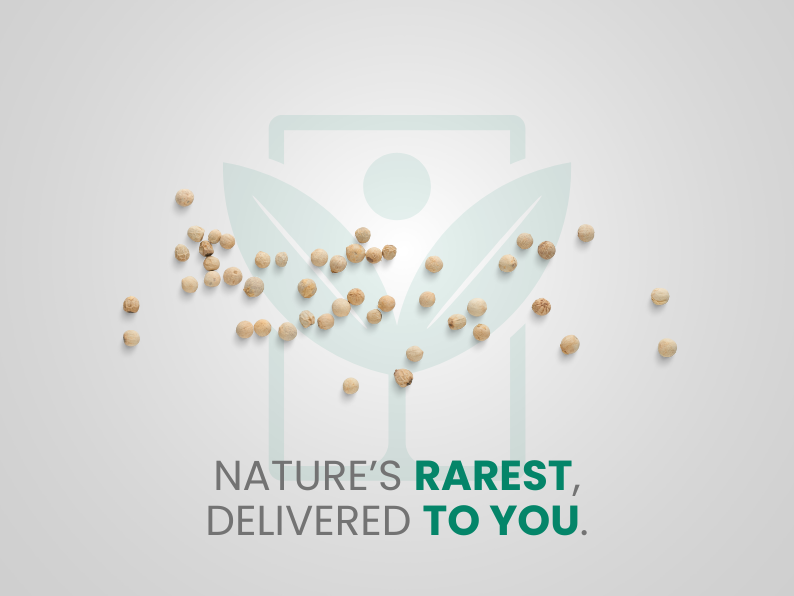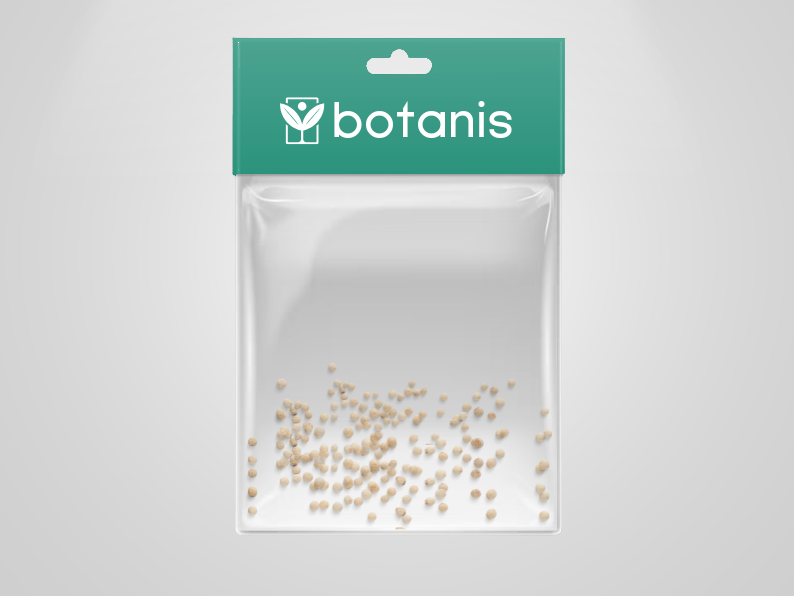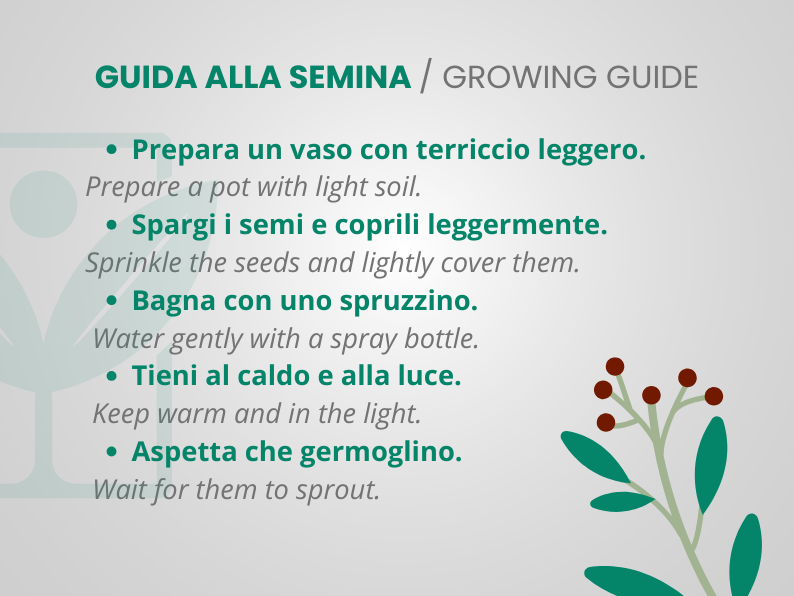30 ASTER OF VIRGIL flower seeds - flower seeds - high germination - seeds
Shipping time: 3-5 business days
Use code " BOTANIS10 " for a 10% welcome discount!
Free shipping: on orders over €39!
Couldn't load pickup availability

Description
Latin name:
Aster spp
Family:
Asteraceae or Compositae
General characteristics:
The genus includes 500 species of herbaceous, perennial, deciduous plants, very different from each other in terms of the height of the plants, the size and the colours of the flower heads.
All species are suitable for rock gardens and borders where it is best to group them in single-coloured groups.
The flower heads are similar to those of daisies and, with rare exceptions, have a yellow disc.
Cultivation:
They prefer fresh and light, fertile and well-drained soils, although they adapt to any type of soil, the most important element is drainage.
Plant asters in a sunny location, although they also grow quite well in semi-shaded areas, especially in warmer climates.
When planting, a good amount of organic matter, such as well-rotted manure or leaf mould, should be incorporated into the soil.
Planting can be in autumn or spring.
It can be useful, especially for the taller varieties, to set up a support and gradually support the plant with successive ties during its development in order to give it greater resistance to the wind and heavy rain.
Plants should be watered regularly in spring and summer, keeping the soil moist but not soaked even when the seedlings are not yet in flower.
To encourage the compactness of the plants and the formation of a greater number of flower buds, the plants must be pruned from the time of planting until the first days of July.
If we want to obtain larger flowers, it is necessary to reduce the number of shoots that grow from the base of the plant, leaving about ten.
Flowering is more prolonged if the inflorescences are removed as the flowers fade.
Plants should be cut a few centimetres from the ground as soon as the profusion of flowers begins to end, before the harsh winter weather sets in, protecting the base with a layer of mulch, especially in colder climates.
The September bushes should be divided and multiplied approximately every 3 years, to restore strength and vigor to the aged plants.
In fact, especially the varieties derived from Aster novi-belgii, tend to degenerate after a few years from their planting: when dividing the tufts and replanting, only the healthiest parts, with vigorous shoots, which are generally found in the external part of the tuft, should be replanted. The innermost parts, hard and woody, should be eliminated.
After having extracted the tufts by digging them up with a spade, they must be divided with a very sharp and disinfected knife (to prevent fungal infections), obtaining three to five portions of the plant from each tuft. The portions obtained must be immediately replanted or planted in pots where they are raised to be planted at a later time.
These operations should be carried out at the end of flowering, during the vegetative rest period, before the winter frosts (until October), or in spring before the vegetative restart (February or March depending on the climate).
Fertilization should be done in spring with organic and mineral fertilizer, containing minerals, phosphorus, nitrogen and potassium, in summer every 15, 20 days
They are not afraid of the cold.







